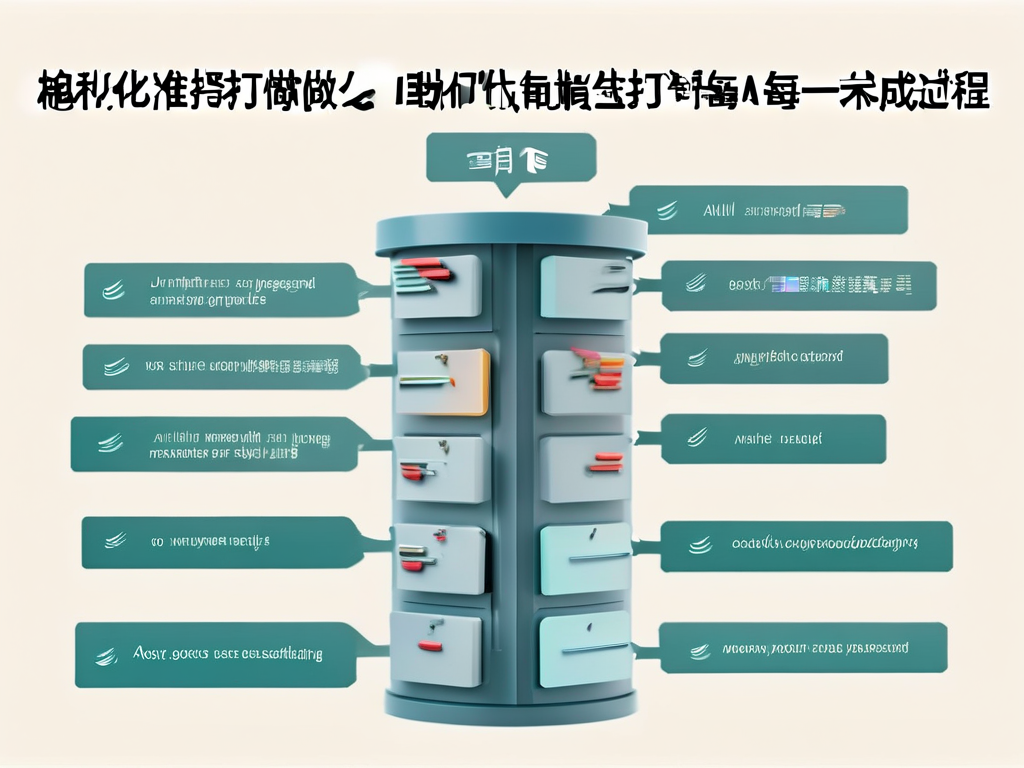In modern enterprise environments, the demand for rapid and consistent operating system deployment has become a cornerstone of efficient IT management. Automated bulk OS deployment solutions address critical challenges in large-scale infrastructure setups, offering precision and repeatability that manual processes cannot match. This article explores practical methodologies and tools for implementing automated OS deployment workflows while maintaining compatibility with diverse hardware ecosystems.

The Evolution of Deployment Challenges
Traditional OS installation methods involving physical media or individual device configuration have become obsolete in organizations managing hundreds or thousands of endpoints. The emergence of heterogeneous hardware environments, combined with strict compliance requirements, demands deployment solutions that ensure cryptographic verification of installation packages and hardware-specific driver integration. Modern automation frameworks solve these challenges through template-based provisioning and dependency resolution.
Core Components of Automated Deployment
- Network Boot Infrastructure (PXE/TFTP):
# Example PXE server configuration snippet menuentry 'Automated Debian Install' { linux /debian-installer/amd64/linux ks=http://192.168.1.10/ks.cfg initrd /debian-installer/amd64/initrd.gz } - Configuration Management Systems (Ansible/Puppet):
# Sample Ansible playbook for post-deployment configuration - name: Apply baseline security hosts: new_nodes tasks: - name: Update package cache apt: update_cache=yes
Hybrid Deployment Architectures
Leading organizations now implement multi-stage deployment pipelines combining multiple technologies. A typical workflow might integrate PXE-based network booting with cloud-init for cloud instances, while maintaining compatibility with legacy systems through customized WinPE environments. This hybrid approach ensures consistent deployment across physical servers, virtual machines, and containerized environments.
Performance Optimization Techniques
Advanced deployment systems employ delta synchronization and binary differential algorithms to minimize network bandwidth consumption. For large-scale Windows deployments, Microsoft's Deployment Toolkit (MDT) demonstrates this through its ability to generate differential installation packages:
# Generating optimized WIM image New-WindowsImage -CapturePath "C:\ReferencePC" -ImagePath "D:\Images\Optimized.wim" -Name "Base_Configuration"
Security Considerations
Automated deployment introduces unique security requirements. Robust implementations incorporate secure boot verification, TPM-based attestation, and encrypted provisioning channels. The National Institute of Standards and Technology (NIST) recommends mandatory integrity checks for all deployment artifacts:
# Cryptographic verification example
import hashlib
def verify_image(file_path, expected_hash):
sha256 = hashlib.sha256()
with open(file_path, 'rb') as f:
while chunk := f.read(4096):
sha256.update(chunk)
return sha256.hexdigest() == expected_hash
Real-World Implementation Metrics
Enterprise case studies reveal measurable improvements from automated deployment adoption:
- 78% reduction in configuration errors
- 92% faster disaster recovery times
- 60% decrease in provisioning costs
Future Development Trends
Emerging technologies like edge computing and IoT are driving innovation in OS deployment methodologies. The Linux Foundation's recent Project Blueprint initiative demonstrates this evolution, combining containerized deployment units with blockchain-based verification systems for distributed edge nodes.
Automated bulk OS deployment has transitioned from luxury to necessity in modern IT operations. By implementing intelligent deployment frameworks that combine network boot technologies, configuration management systems, and security best practices, organizations can achieve unprecedented levels of operational efficiency. As infrastructure complexity continues to grow, the ability to maintain consistent, auditable deployment processes will remain a critical competitive differentiator.







